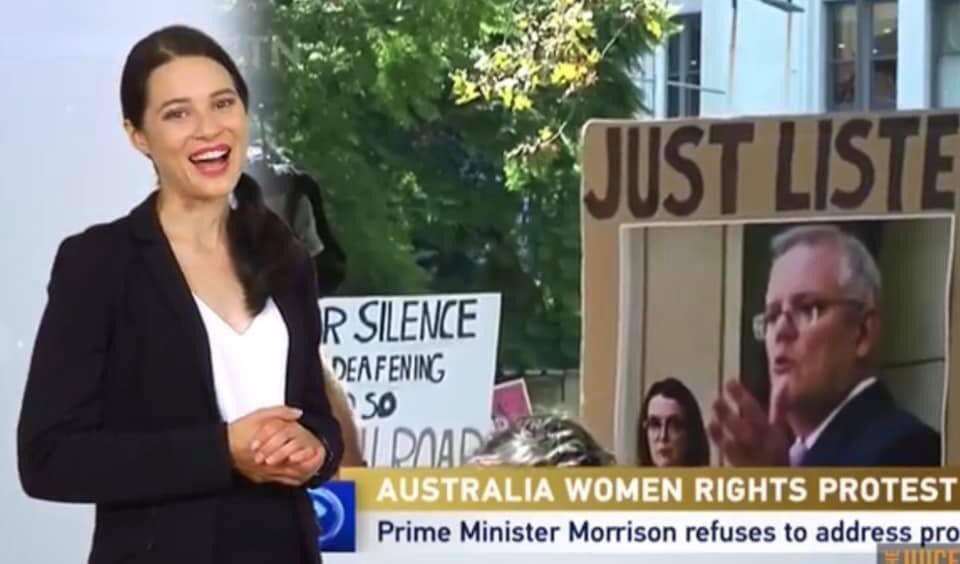
In the last 14 years despite a significant drop in crime rates, Australian states and territories have locked people up at a rate not seen since the 1890s.
Many are locked up for “crimes” we never used to imprison people for, like traffic violations and low-level drug offences. This has nothing to do with public safety and everything to do with winning votes by seeming “tough on crime”.
The 43,000 plus people locked up in our prisons in Australia are a transitory population. Over a third are serving a short sentence of less than 2 years. For females the average is just a few months. More than half of all prisoners are released into homelessness.
Disproportionately, they are Aboriginal and Torres Strait Islander people and people from the poorest communities in Australia. The majority have underlying illnesses and disabilities. Most are non-violent offenders and a third await sentencing.
The 43,000 people in our prisons are part of our community. They were sent to prison to lose their freedom, not their lives. For the majority of prisoners who are not a danger to the community, coronavirus changed the nature of their punishment, making it manifestly unjust.
Imagine what social isolation would be like with no smartphone, no internet, no visitors and many of your fellow inmates falling desperately ill and dying. Victoria even has a cruel, unjustified ban on pen pals.
abc.net.au/news/2018-05-3…
abc.net.au/news/2018-05-3…
If there’s one lesson to learn from coronavirus it’s that we truly are all in this together. Locking up vulnerable, non-violent people does not build a just or safe society for any of us it literally harms us all.
Across the country, prisons already struggled to cope with coronavirus prior to the Delta strain. Visitors have been banned. Many prisons are experiencing huge staffing shortages. Most have resorted to drastic measures, such as quarantine units for new arrivals,
solitary confinement for suspected cases, and indefinite lockdowns.
Other countries acted rapidly to release prisoners. States across the US. They released non-violent offenders and anyone with less than six months remaining on their sentence, and granting emergency clemencies to elderly and sick prisoners.
Iran has released over 85,000 prisoners. Northern Ireland has also released offenders. Scotland, Ireland and the UK have have also released non-violent offenders.
In Australia we are lagging behind. Encouragingly, New South Wales passed legislation over 12 months ago that allows the Corrections Commissioner to release prisoners who do not threaten public safety. However, no meaningful reduction in numbers has happened yet.
Australia’s Premiers & Chief Ministers need to learn from what happened with the Ruby Princess, & from the Rikers Island disaster in New York, & what's happening in Parklea & other prisons around the country & act quickly.
They must release prisoners who don’t threaten public safety, and make legislative changes to prevent the continued imprisonment of people who aren’t dangerous.
The $4.7 billion or $302 per prisoner, per day that we spend on imprisoning people should be redirected to supporting those released to isolate safely in the community.
Critically, these changes should not be temporary. Our prisons & detention centres should never have been this full in the first place.
End
End
• • •
Missing some Tweet in this thread? You can try to
force a refresh














